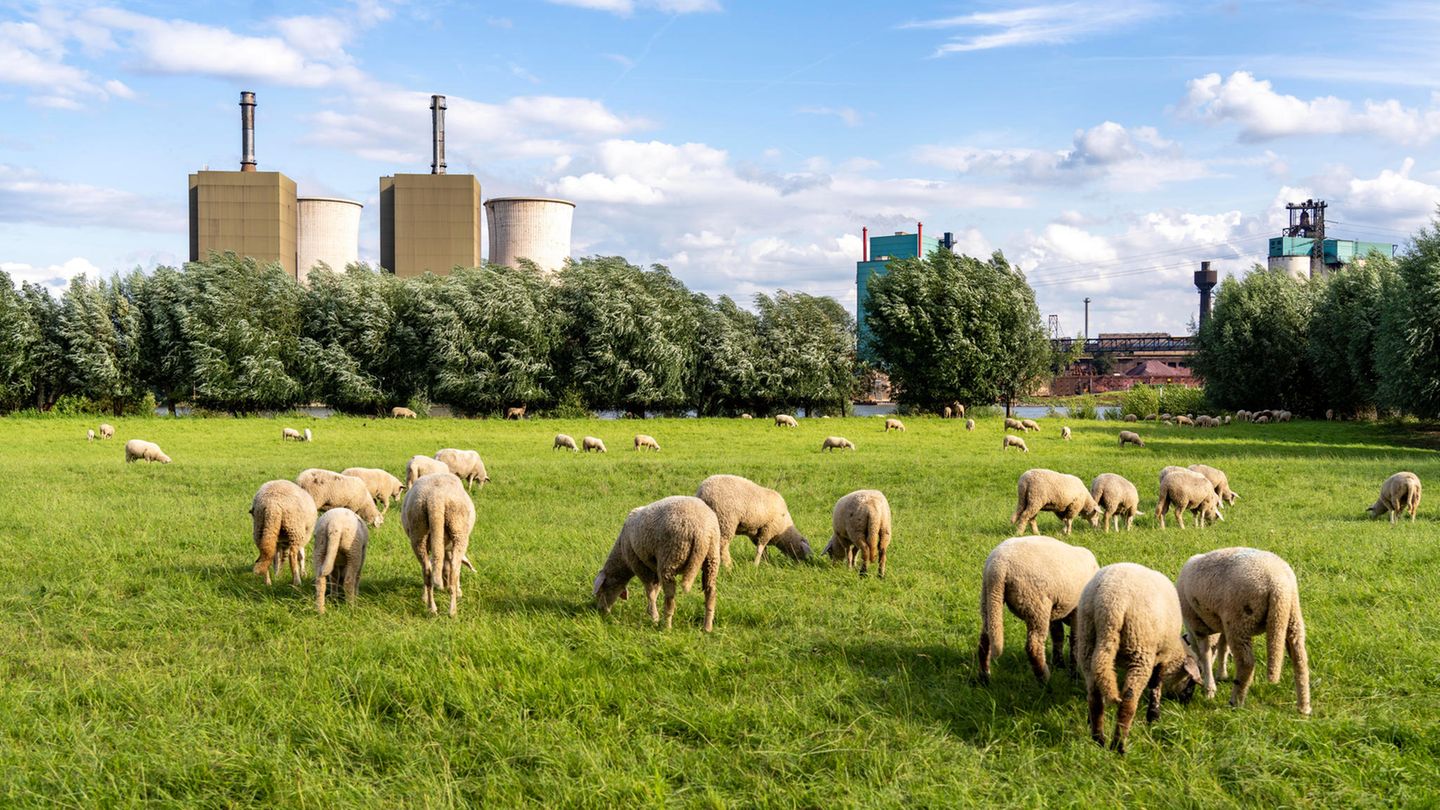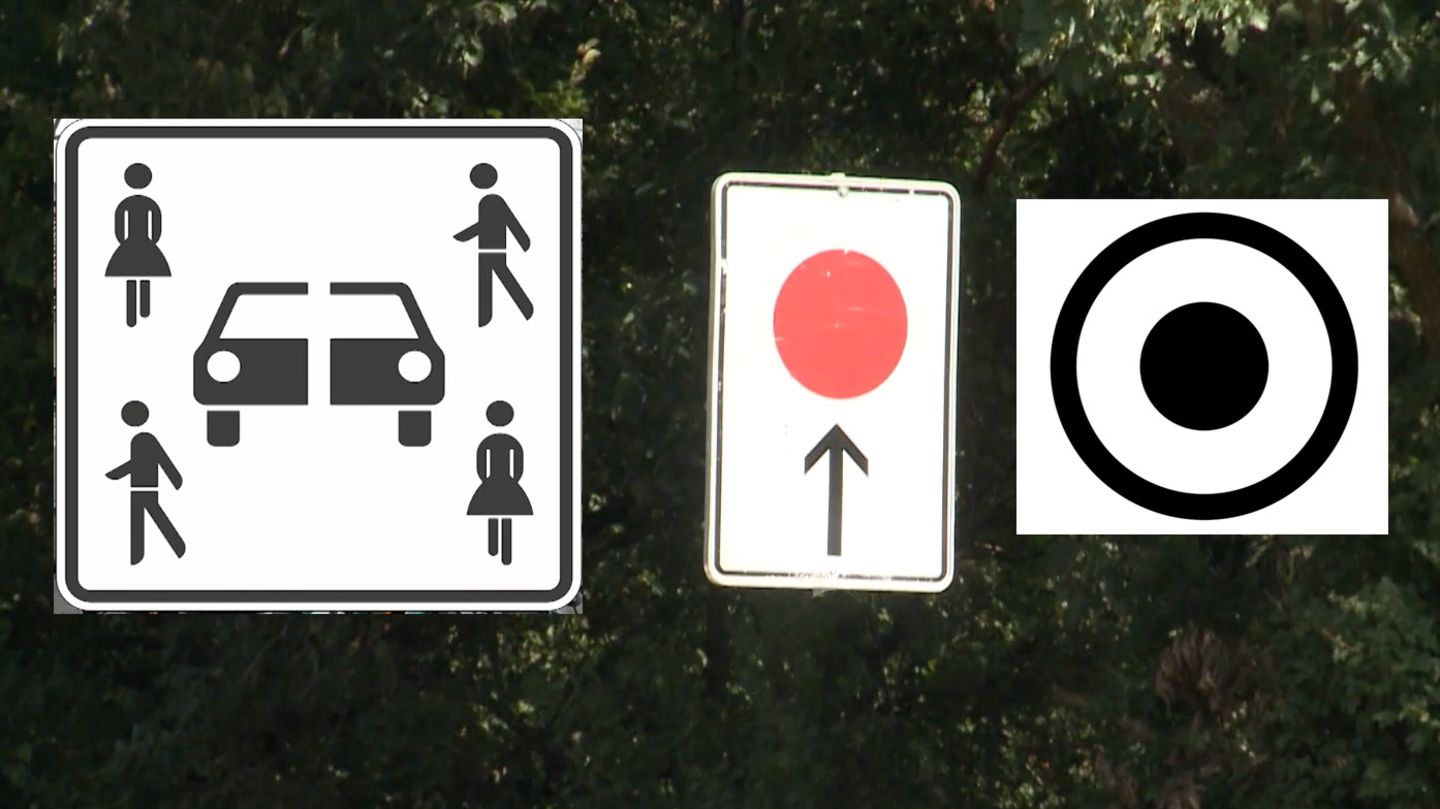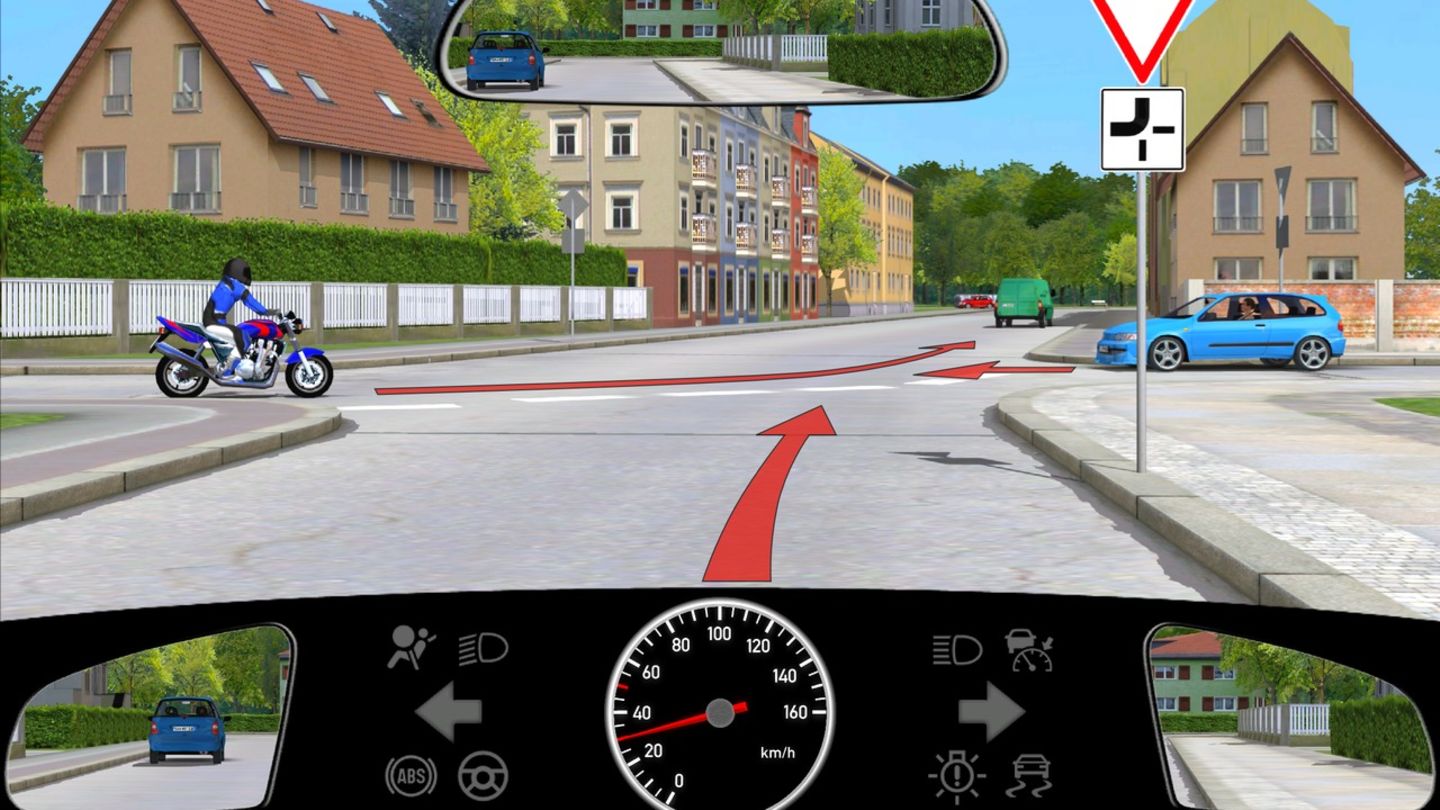Opinion
The federal government has presented a power plant strategy. The concept is surprisingly coherent, but it will not be enough to achieve the climate goals. We all have to think differently – and quickly.
“Power plant strategy” is not exactly a sexy term that makes Germans jump with interest. The traffic light government should have found a clearer way to address its decision yesterday. Something like: “Dear people, here is our plan for how we will supply you all with clean, cheap electricity in the future.” Because what she announced under the name “power plant strategy” concerns every German citizen. The concept gives us the very last chance to achieve the climate goals we have set for ourselves.
To the surprise of most experts and market participants, this time the traffic light presented a plan that appears well thought out and does not overwhelm the state budget. What is it about? Germany has long decided to switch its electricity supply to 100 percent green electricity by 2035. The number of new wind turbines and PV systems is increasing more quickly, but in the end they alone can never achieve the goal. Because sometimes the wind just doesn’t blow, and it’s certainly dark at night, so PV systems produce zero kilowatt hours. So a few reliable power plants have to be ready to step in during such “dark lulls”.
The federal government has now decided that these will initially primarily be gas power plants that will later run on climate-neutral hydrogen. It wants to spend 15 to 20 billion euros in the coming years to finance a “capacity market” in which power plant operators are paid not only for the kilowatt hours they deliver, but also for the simple ability to start production at any time when there is a need.
The power plant strategy is not a guarantee of climate neutrality
Smart minds in Berlin and Bonn have calculated exactly how much generation capacity we need so that the lights never go out. The first step is to build gas-fired power plants with an output of ten gigawatts by 2030, which corresponds to around eight nuclear power plants. Because 2030 is another key date. Then the last big domestic climate killers, the coal-fired power plants, should be taken off the grid. This is the right decision, because gas power plants emit up to 65 percent less CO2 than coal-fired plants, even when they are fed with classic, fossil gas. Fed with green hydrogen, no more greenhouse gases are emitted.
But the government is not just relying on gas-fired power plants; the concept is open to technology. Other reliable electricity providers can also apply to become part of the capacity market. Farmers with biogas plants. Operator of electrolysers for hydrogen production. Owners of large battery storage systems. The FDP, a party full of dazzling visions, has even had nuclear fusion reactors included in the list of potential candidates, even if their market readiness remains uncertain.
But even if the federal government’s power plant strategy works, it is still no guarantee that Germany will be climate-neutral in terms of electricity in 2035 and overall in 2045. That’s exactly why it’s important that all Germans now make a renewed effort. That they finally have “reparking in their heads,” to use an old Opel advertising slogan. This applies to companies as well as to private households. The most important tasks are:
- An end to the ongoing concerns about energy restructuring, which are repeatedly fueled by fact-free mumblings from populist politicians. We need more gas power plants, more wind turbines, more PV systems, more electricity grids. The good news: The population is becoming more and more determined to achieve this, and the number of citizens’ initiatives that complain about everything new in court is decreasing significantly. Bad news: In the responsible state authorities that issue the permits, everything is still going too slowly – because they don’t want to or because there is a lack of staff.
- No more nonsense about burying the new electricity highways in the ground. What the federal government decided to do under pressure from Bavaria to appease the resistance is proving to be economic and ecological madness. Underground power lines take much more time, are incredibly expensive and do more damage to nature than the tried and tested garlands that run through the landscape.
- Put an end to concerns about capturing CO2 from fossil fuels and storing it underground in caverns (CCS). This process has been proven worldwide and is necessary to make gas for operating power plants or producing hydrogen almost climate-neutral. Fortunately, many Greens now see this, including Economics Minister Robert Habeck. The government must soon present its “carbon management strategy”.
- Stop rolling backwards when it comes to heating and traffic. Germans should be keen to buy heat pumps and electric cars – especially since prices are currently falling sharply. The power plant strategy and the expansion of the electricity network take into account that the demand for electricity increases due to the electrification of heat and cars and therefore there should be no gap in supply. The transformation is essential: the household heating and transport sectors, both dominated by fossil fuels, are among the biggest climate pollutants today.
Source: Stern
I have been working in the news industry for over 6 years, first as a reporter and now as an editor. I have covered politics extensively, and my work has appeared in major newspapers and online news outlets around the world. In addition to my writing, I also contribute regularly to 24 Hours World.




